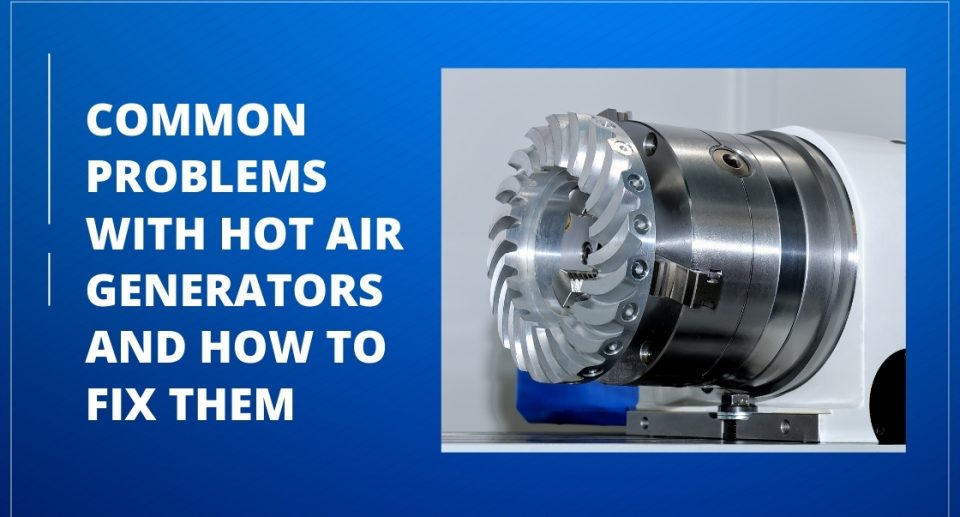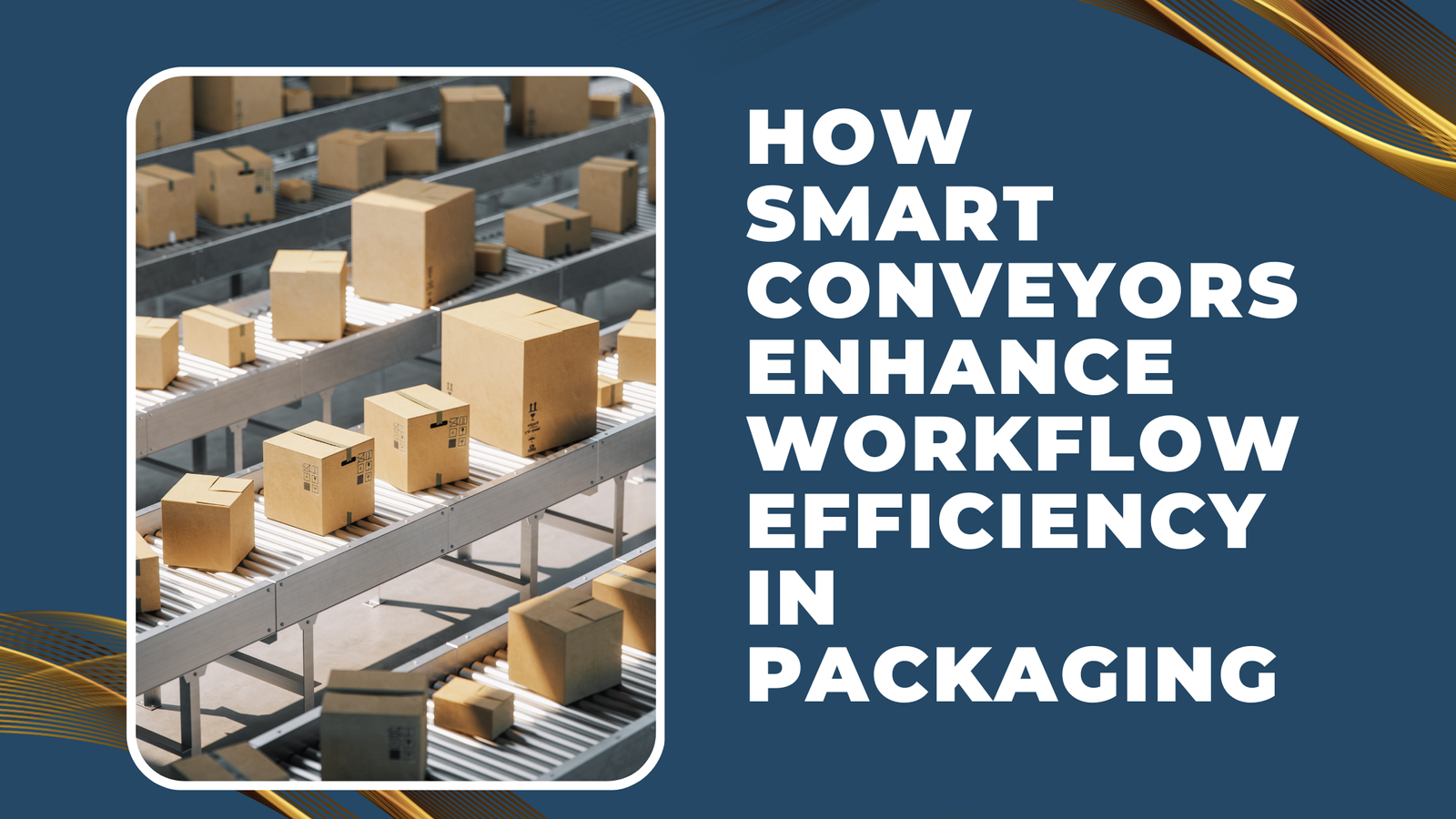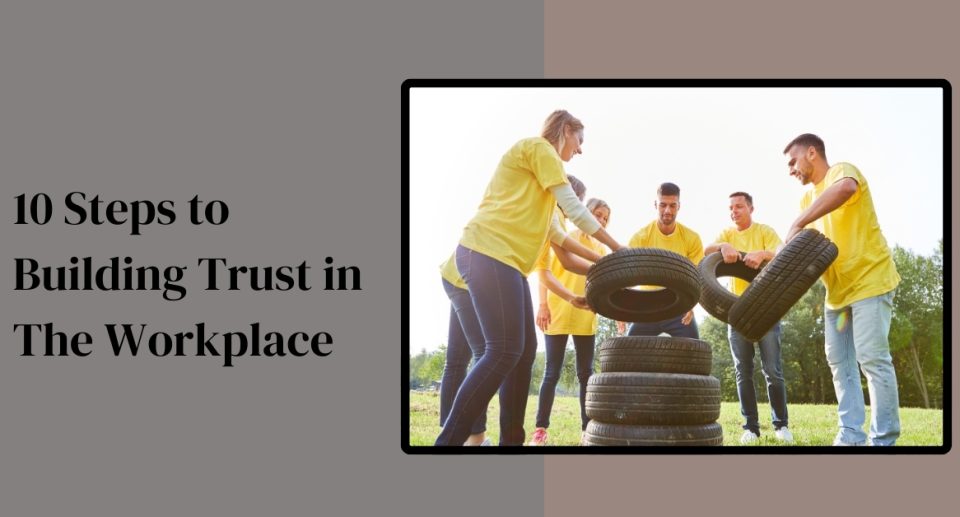Hot air generators are essential equipment used in various industrial and commercial settings to maintain comfortable temperatures. They are reliable and efficient devices, but like any machinery, they can experience issues over time. Understanding these common problems and knowing how to fix them can help keep your hot air generator running smoothly and efficiently. In this comprehensive guide, we’ll explore some of the most frequent issues you might encounter and provide practical solutions to address them.
1. Uneven Heat Distribution
Problem: Uneven heat distribution is a common issue with hot air generators. When you notice that some areas of your space are warmer than others, it usually means the heat is not being distributed evenly. This can result in cold spots and inefficient heating, affecting comfort and energy consumption.
Solution:
-
Check Air Distribution System:
Start by inspecting the air distribution system. Ensure that all vents, ducts, and registers are open and unobstructed. Sometimes, furniture or other objects can block air flow, leading to uneven heating.
-
Clean Filters:
Dirty or clogged filters can restrict air flow, causing uneven heat distribution. Regularly clean or replace the filters according to the manufacturer’s recommendations.
-
Inspect Ductwork:
Check for leaks or damage in the ductwork. Leaks can cause warm air to escape before it reaches its destination, resulting in uneven heating. Seal any leaks and repair damaged ducts.
-
Adjust Blower Settings:
If your hot air generator has adjustable blower settings, try adjusting them to see if it improves heat distribution. Higher blower speeds can help distribute warm air more evenly.
2. Insufficient Heating
Problem: When your hot air generator fails to provide sufficient heat, it can be due to various issues such as a malfunctioning thermostat, inadequate fuel supply, or problems with the heating elements.
Solution:
-
Check Thermostat Settings:
Ensure that the thermostat is set to the desired temperature and is functioning correctly. Sometimes, a thermostat can become Incorrectly adjusted, leading to inaccurate temperature readings.
-
Inspect Fuel Supply:
Verify that the fuel supply is adequate and that there are no blockages in the fuel lines. If you’re using gas or oil, ensure that the supply is sufficient for the heating demands.
-
Clean Burners and Heat Exchangers:
Dust and debris can accumulate on burners and heat exchangers, reducing efficiency. Regularly clean these components to maintain optimal performance.
-
Examine Heat Exchanger:
If the heat exchanger is damaged or clogged, it can impede heat transfer. Check for any signs of wear and tear and replace or repair the heat exchanger if necessary.
3. Strange Noises
Problem: Unusual noises such as banging, rattling, or squealing can indicate mechanical issues within the hot air generator. These noises can be a sign of loose components or internal damage.
Solution:
-
Inspect Fan Blades and Motor:
Check the fan blades for any debris or damage. Ensure that they are securely attached and not obstructed. Examine the motor for any signs of wear or loose parts.
-
Tighten Screws and Bolts:
Over time, screws and bolts can become loose due to vibrations. Tighten any loose components to reduce noise and improve stability.
-
Check for Debris:
Foreign objects or debris can cause rattling noises. Remove any debris from the fan or other moving parts.
4. Frequent Cycling
Problem: Frequent cycling, where the hot air generator turns on and off more often than usual, can be an indication of several potential problems, including issues with the thermostat or mechanical components.
Solution:
-
Check Thermostat Accuracy:
Ensure that the thermostat is properly calibrated and functioning correctly. A faulty thermostat can cause the generator to cycle more frequently.
-
Inspect Airflow:
Obstructions in the airflow can cause the system to cycle on and off. Check for any blockages or issues with the ductwork and vents.
-
Ensure Proper Sizing:
Make sure that the hot air generator is appropriately sized for the space it’s heating. An oversized or undersized unit can lead to frequent cycling.
5. High Energy Bills
Problem: A significant increase in energy bills can indicate that your hot air generator is not operating efficiently. High energy consumption often results from poor maintenance or system issues.
Solution:
-
Perform Regular Maintenance:
Regularly clean and replace filters, inspect and seal ducts, and ensure that the system is properly insulated. These maintenance tasks can help improve efficiency and reduce energy consumption.
-
Check for Leaks:
Inspect the system for any leaks or gaps that may be causing energy loss. Seal any leaks in the ducts or around the unit to improve efficiency.
-
Upgrade Components:
Consider upgrading components such as thermostats or controls to more energy-efficient models. Newer technologies can help reduce energy consumption.
Conclusion
Maintaining a hot air generator involves recognizing common problems and taking proactive steps to address them. By understanding these issues and implementing regular maintenance practices, you can ensure that your hot air generator operates efficiently and effectively. If you encounter persistent problems or need expert assistance, consider reaching out to a reputable Hot Air Generators manufacturer in Abu Dhabi. Their expertise can provide you with the support and solutions you need to keep your system in top condition.





